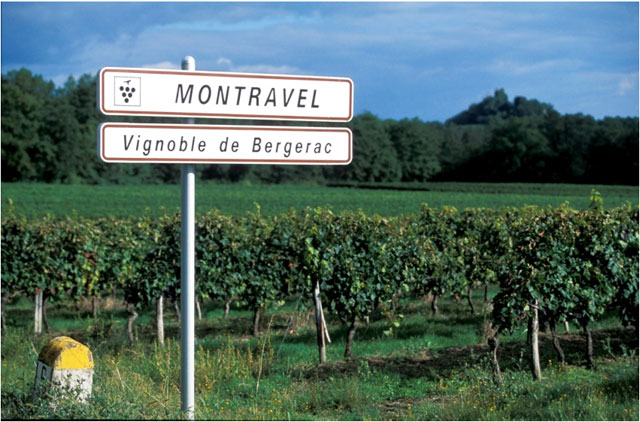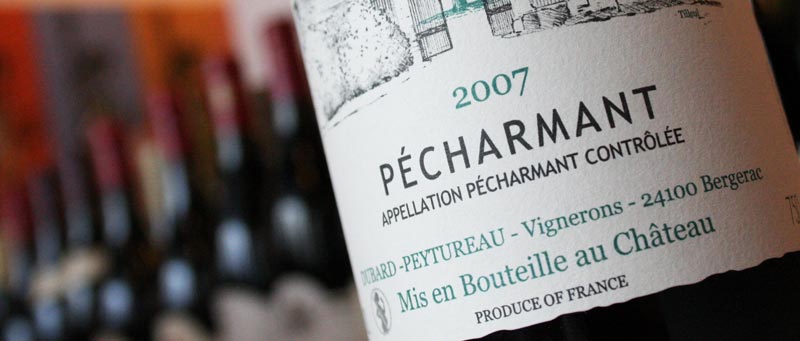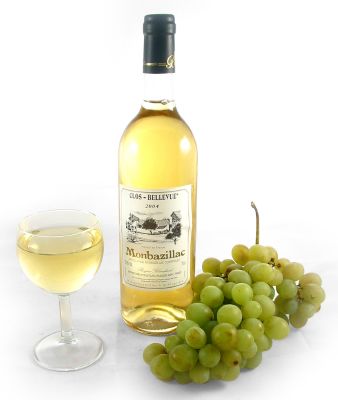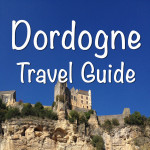Should you wish to know more about Bergerac area and its magnificent wines, Bergerac Wine Tours have done essential research for you. Enjoy reading our brief guide on Bergerac Wines.
The South West of France is well known for its wines. The first documents which record the location and the significance of the Bergerac Vineyards go as far back to the 12th century. They reveal it’s the abbeys and the aristocracy who held the very first vineyards. This specific area extends across the right bank of the river Dordogne, within the town of Bergerac with a distance of 10 to 15 km’s.
After that it reaches the Montravel region and over the river to the south. The ideal terrain and local climate of the region isn’t the only factor it delivers outstanding wines; essential part of France wine tours. The technique, knowledge and love of the winemakers of Bergerac plays similarly crucial part. They have already devoted their world to choosing and improving the perfect combination of grapes to develop the remarkable wines we all know and appreciate today.
Among several other reasons that Bergerac produces such great wines is due to its ‘terroir’. ‘Terroir’ does not have a direct English translation, however, it refers to environmental conditions, the complex combination of soil type, climate and grape types that make up a vineyard and so its wine. The Bergerac ‘terroir’ contains a variety of soils including clay / limestone and gravel. The different kinds of soil is spread out across the edges of the South West of the ‘massif central’ part of France; the variety in the composition of the soil provides the creation of diverse grape varieties.
It is useful to understand various soils and the different wines which they produce. Land that consists of clay and limestone resembles unbaked clay studded with permeable white stones. The importance of clay and the filtering properties of limestone generates a perfect conditions for Merlot and is a winemaker’s dream. The result: round, fine, fruity wines.
Gravel and clay soils contain heavy clay and hard, round stones. This terrain was created by rivers and streams washing the land over millennia. Merlot and Cabernet Franc grow flawlessly here, providing elegant and robust wines. It is the combination of the soil and the climate that allows the vines to grow so well: cold winters offer the vines a real rest followed by plenty of sunshine in the growing season to promote the best maturity in the vine that leads to the finest grapes.
In total there are 13 wines listed as ‘appellations’ in Bergerac, from seven different regions.
Click Here for the wines Of Bergerac map
*AOC is short for appellations d’origine contrôlé: areas whose names are reserved for the typical wines made in the region. These names are protected and only wines made within the specified region and meeting the requirements can be called by these names.
A brief guide to these is shown below:
– Pécharmant AOC
Red wines with a very distinctive flavour and strong aroma originating from the soil in which they are grown that incorporates clay, sand and gravel. The Pécharmant wines use a mix of grape varieties: Cabernet Franc, Cabernet Sauvignon, Malbec and Merlot Noir. Pécharmant is more robust than many others produced in the area, both in terms of their ageing capabilities and their flavour profile. Merlot is the predominant grape, which means that the wines are softer and less tannic than those produced from a high proportion of Cabernet Sauvignon. Pécharmant wines come from the south-facing gravelly slopes just to the east of Bergerac town.
– Rosette AOC
Rosette AOC wine is mainly blended from three different grape varieties – Sémillon, Sauvignon and Muscadelle. It is an unusual semi – sweet white wine, extremely elegant, supple and round with a very pale straw colour. It is defined by its very specific ‘terroir’ of exposed hillsides north of the Dordogne Valley.
 – Montravel AOC: Montravel, Côtes de Montravel, Haut Montravel and Montravel Rouge
– Montravel AOC: Montravel, Côtes de Montravel, Haut Montravel and Montravel Rouge
Montravel is the appellation for the dry red and white wines of the Lamothe-Montravel parish, in the far west of the Bergerac. A good choice of wines from the Montravel region, the white wines use grapes of the Sauvignon, Semillon and Muscadelle varieties while the reds are made from Cabernet Franc, Cabernet Sauvignon, Malbec and Merlot varieties.
The Cote de Montravel and Haut Montravel are both semi-sweet wines, while Montravel is a dry white wine and the Montravel rouge is an impressive red wine.
Montravel red wines must be blended exclusively from the following grape varieties:
Merlot: representing at least 50%
Cabernet Sauvignon
Cabernet Franc
Malbec
– Bergerac AOC: Bergerac sec, Bergerac rouge and Bergerac rosé
As with other wines in the region, both the Bergerac rouge and the Bergerac rosé use grapes of the Cabernet Franc, Cabernet Sauvignon, Malbec and Merlot varieties and the white wines from the Sauvignon, Semillon and Muscadelle varieties. Bergerac reds are fruity and supple. They flatter the palate. They are typically for drinking young and can be a good everyday wine. Bergerac sec, these wines offer a tantalising floral nose and depending on how they are created can either be fruity and zesty for drinking young or they can be rich and round with a complexity of oak barrel-ageing.
– Cotes de Bergerac AOC: Cotes de Bergerac sec and Cotes de Bergerac rouge
Cotes de Bergerac sec – The Sémillon grape variety in particular is responsible for this golden-hued wine which combines aromatic crispness with a generous roundness. It can be drunk young but with age takes on a remarkable fullness. Côtes de Bergerac White is divided into three categories depending on the sugar level: Medium Dry, Medium Sweet and Sweet. The white wines are produced largely from the St Emilion grapes, and the reds from those of Cabernet Franc, Cabernet Sauvignon, Malbec and Merlot. The white Cotes de Bergerac is a semi-sweet wine, while the reds are a rich intense red wine. Côtes de Bergerac reds are produced under very strict and rigourous rules. They are full bodied and powerful wines with excellent aging potential.
Saussignac AOC white wine is made from an assemblage of Sémillon, Sauvignon, Muscadelle, Ondec and Chenin Blanc.
It is a rich, full wine whose aroma of acacia, peach and honeysuckle develops over time into a generous, complex bouquet that also improves with age. The harvest of partially raisined, or dried and shrivelled, grapes gives this wine its sweetness.
– Monbazillac AOC
From the attractive château on a hill overlooking the town of Bergerac, the well-known sweet white wine of Monbazillac uses a labour intensive grape sorting process to ensure the full flavour and quality of this attractive golden-coloured wine.
Monbazillac is blended from three grape varieties, Sémillon, Sauvignon and Muscadelle, and is harvested manually over several selective ‘tries’ or passages where only the grapes affected by the famous and miraculous «Noble Rot» are chosen.
The wine has a fabulous colour which deepens over time. It is an extremely elegant wine with dominant overtones of honey, acacia and peaches and hints of citrus fruits and crystallised ‘Mirabelle’ plums.









